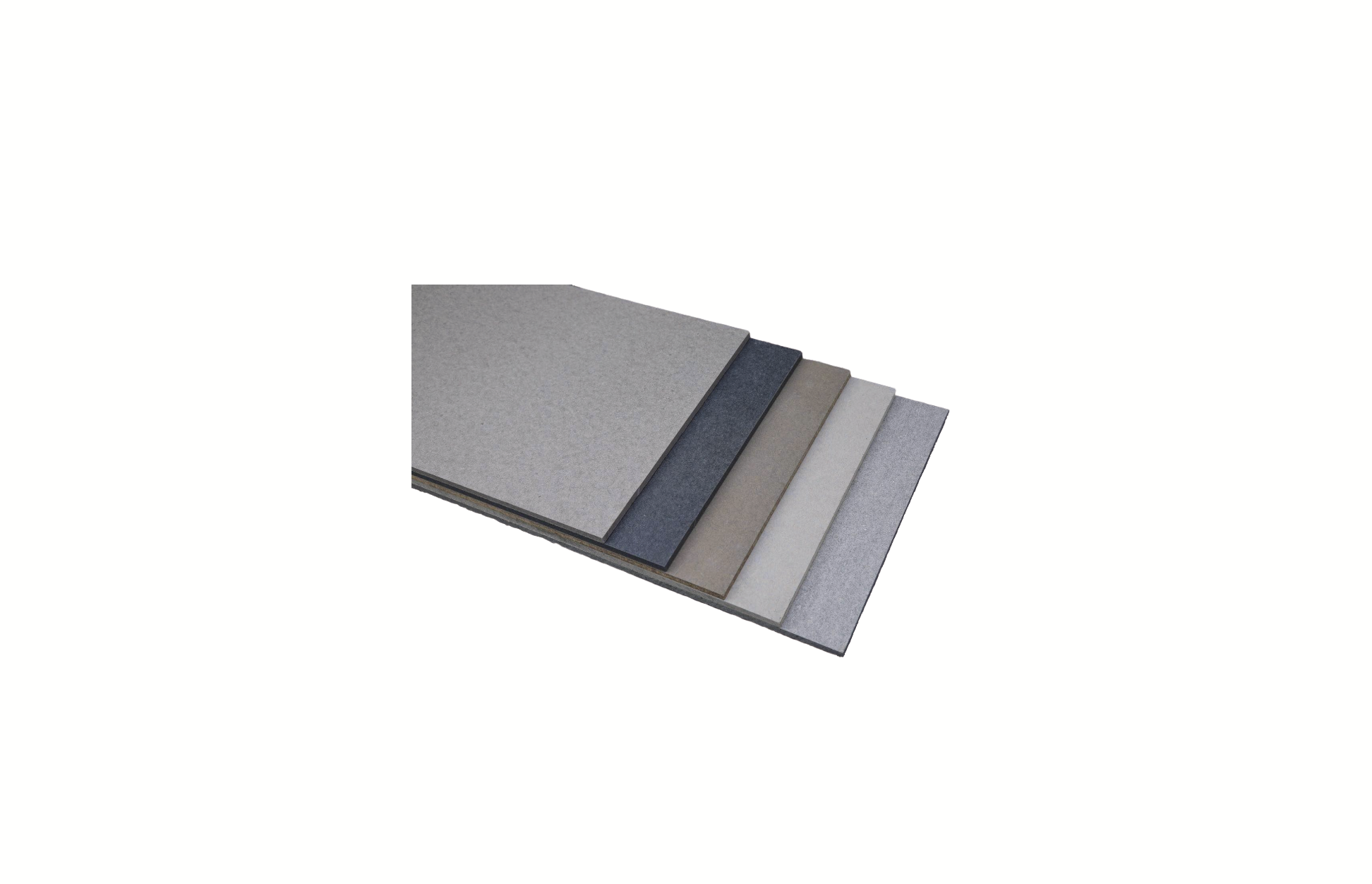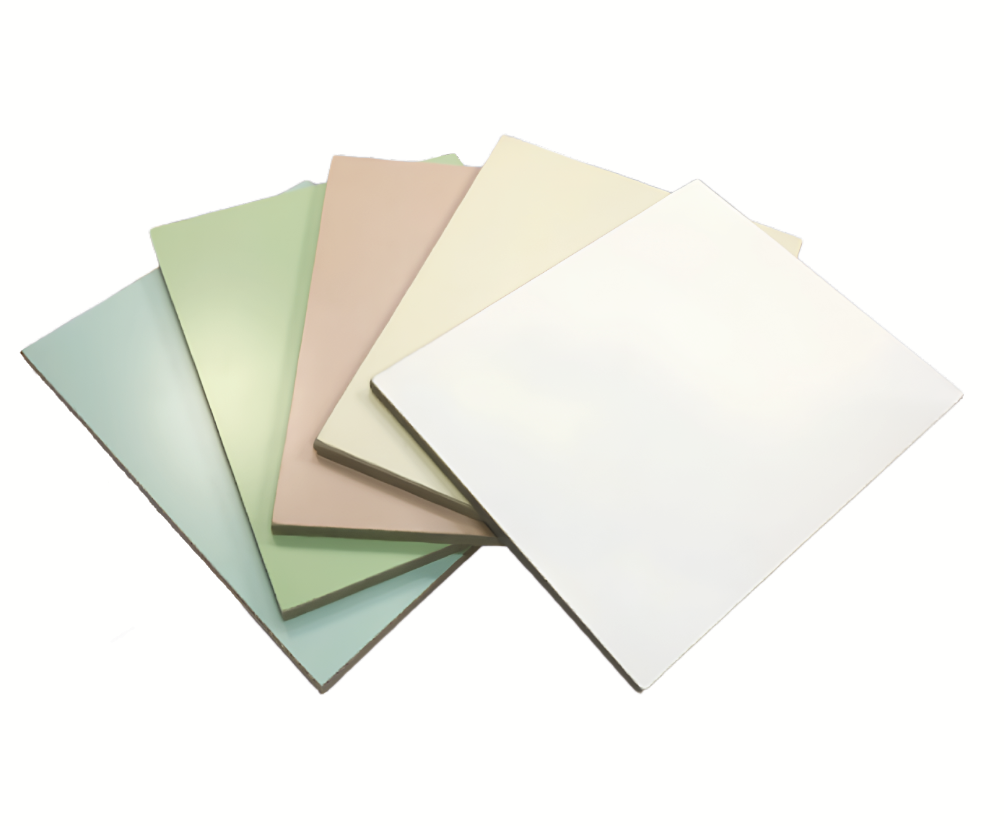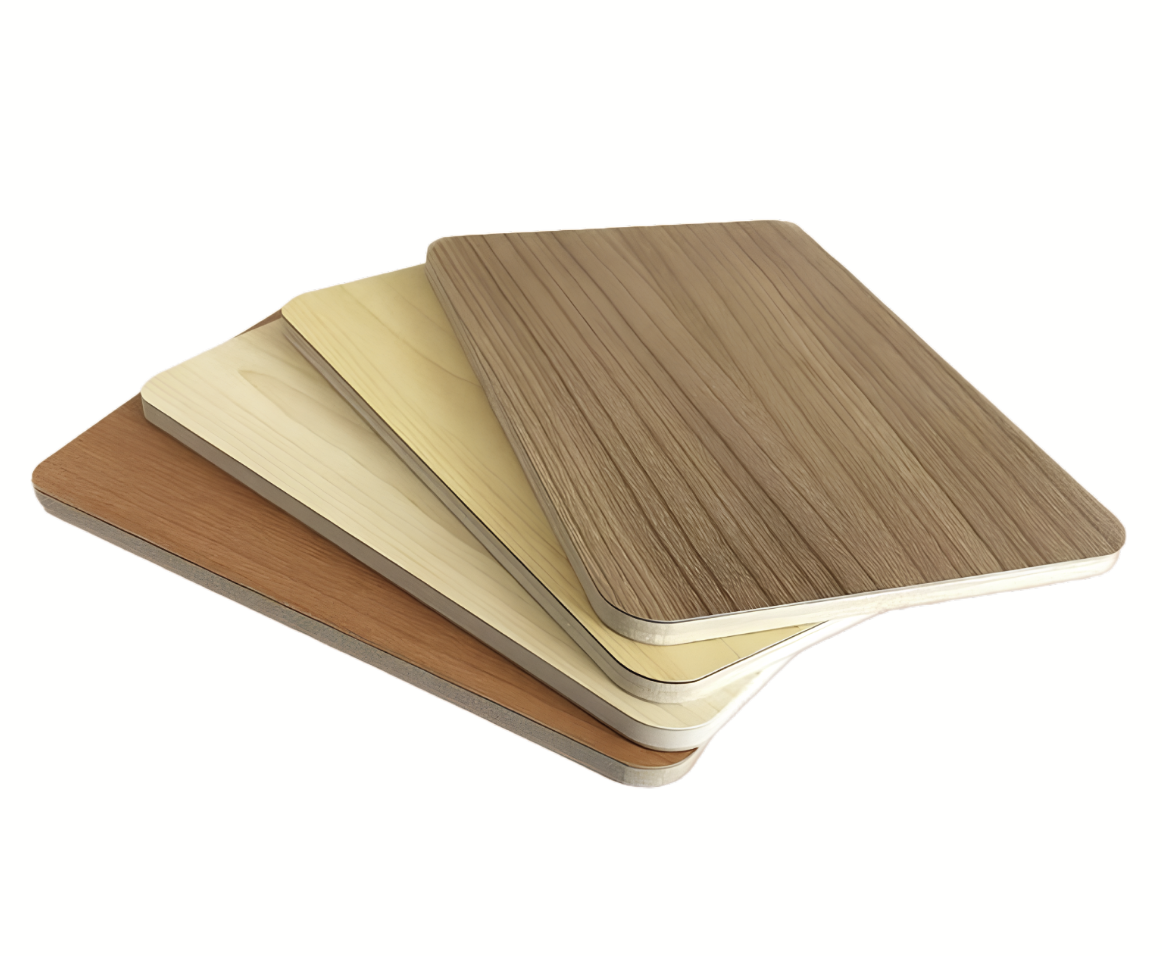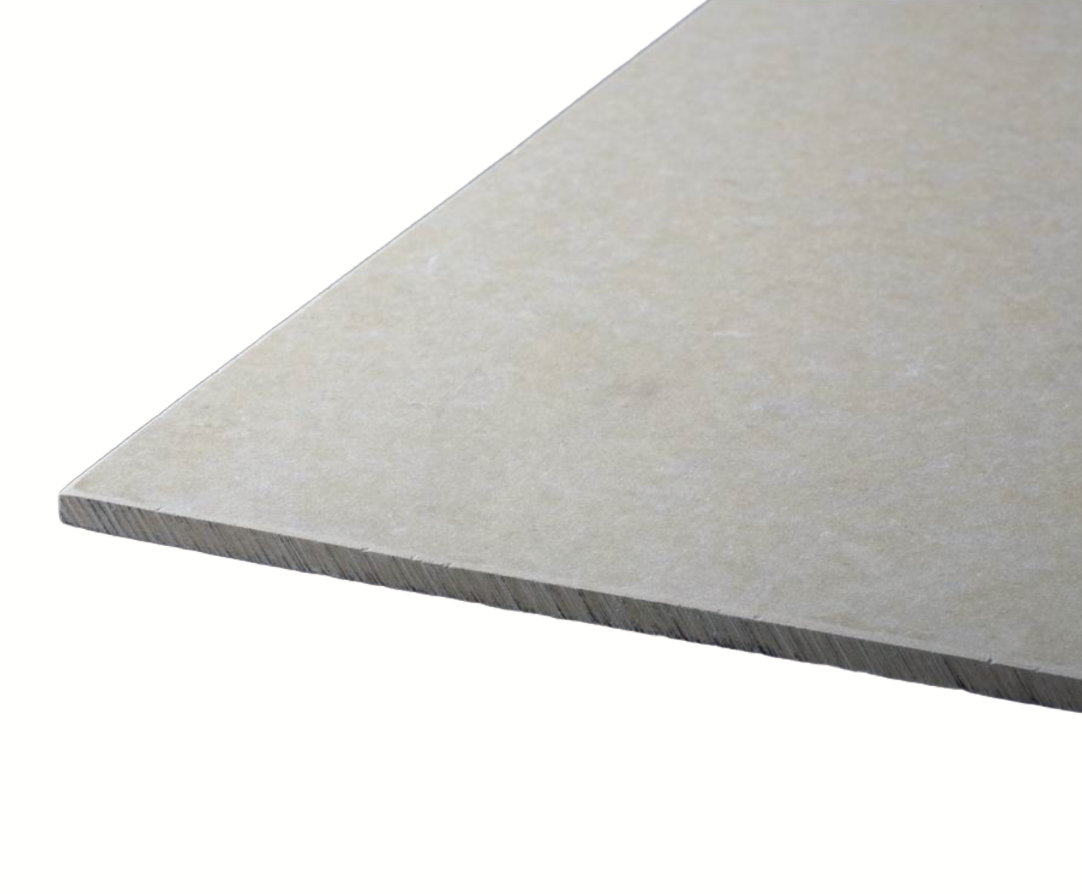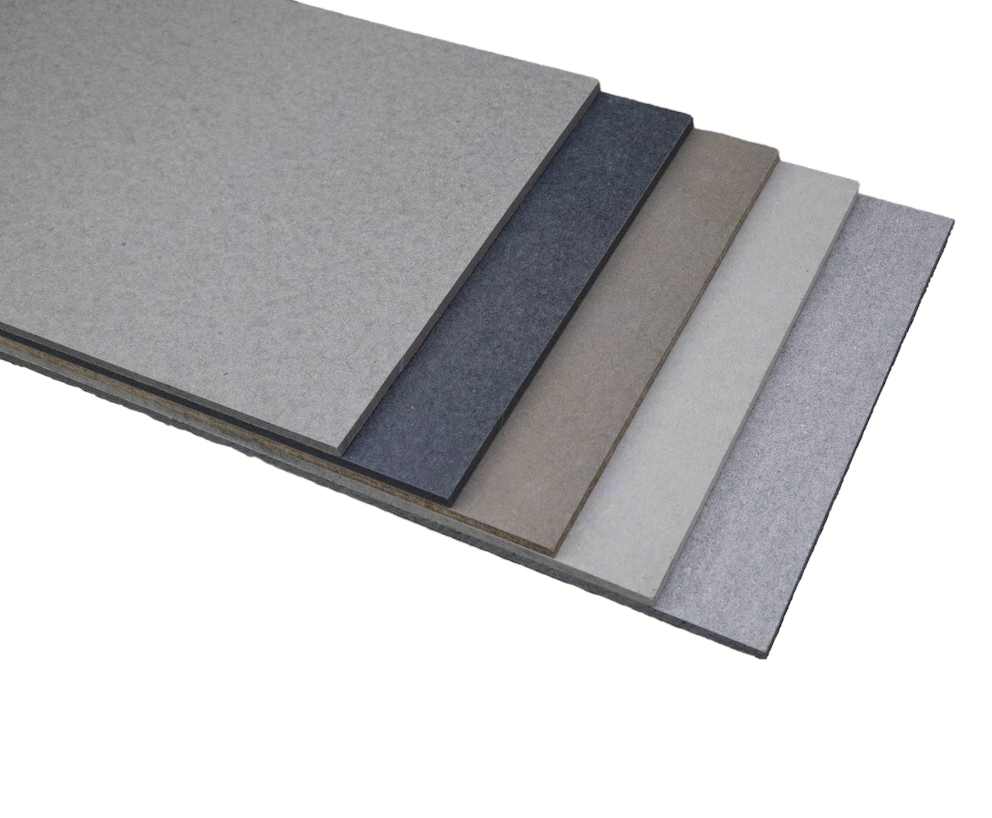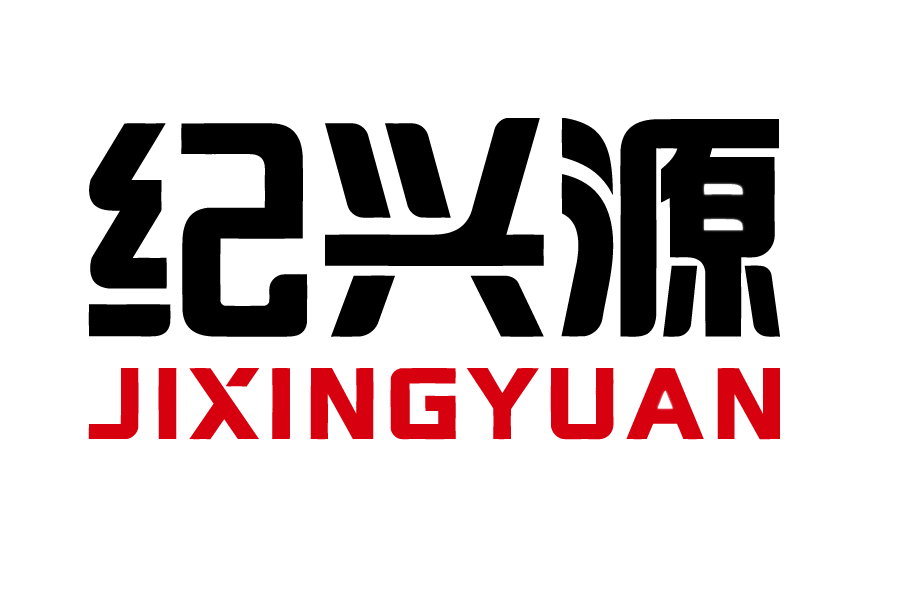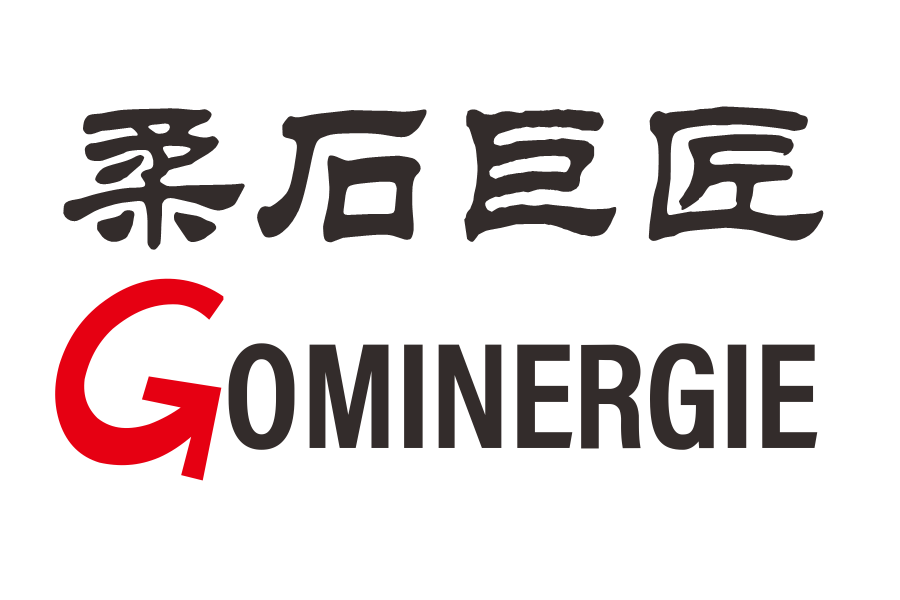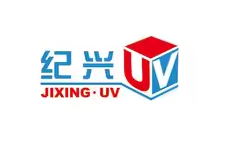Fiber cement board is a kind of board made of cement as the basic material and adhesive, mineral fiber cement and other fibers as reinforcing materials, through pulping, molding, curing and other processes.
1. Fireproof and non-combustible: Fiber cement board is non-combustible grade A, and it will not burn or produce toxic smoke when a fire occurs; it has a low electrical conductivity and is an ideal insulating material.
2. Waterproof and moisture-proof: Fiber cement board has good impermeability, and its water absorption rate and wet expansion rate meet professional standards. In semi-open and high-temperature environments, it can still maintain stable performance and will not sink or deform.
3. Heat insulation and sound insulation: Fiber cement board is light in weight, high in strength, good in toughness, low in thermal conductivity, has good heat insulation and heat preservation performance, has high product density and good sound insulation, and can meet various sound insulation requirements of walls and barriers.
4. Strong decorative function: Fiber cement board has a smooth and flat surface, which can be nailed, drilled, glued, etc., and is convenient for construction. Using fiber cement board for decoration can get rid of the previous old-fashioned decoration methods and improve work efficiency. Fiber cement board can also customize different specifications, colors, textures and shapes according to customer needs, meeting different architectural styles and personalized requirements.
5. Economical and beautiful: Fiber cement board is light in weight, and cooperates with keels, effectively reducing engineering and decoration costs; the appearance color is uniform, the surface is flat, and direct use can make the building surface color uniform.
6. Safe and harmless: Fiber cement board does not contain asbestos or other harmful substances, and will not produce toxic smoke when burning.
7. Long service life: Fiber cement board improves the product's dry shrinkage and wet expansion ability and strength, resists acid and alkali, corrosion, moisture or insects damage, and its strength and hardness increase over time, ensuring a long service life. It has excellent weather resistance, frost resistance, sun resistance, rain resistance, acid fog resistance performance.
8. Easy to process: The board can be sawed, drilled, carved, nailed, painted, pasted with tiles, wall cloth and other materials according to the actual situation.
1、Installation process of calcium silicate board:
Snap line leveling → install hanger → install main keel → install secondary keel → install cross small keel → level and fix → install calcium silicate board.
2、Construction method and operation points of calcium silicate board: a. Snap line positioning: According to the design requirements, determine the ceiling elevation, and snap out the elevation line on the surrounding walls or columns. The edge keel should be snapped according to the design requirements and fixed on the surrounding walls;
b. Install hanger: In the joints of cast-in-place or precast slabs, set embedded parts or arrange φ10 expansion bolts according to the design requirements, with a spacing of no more than 1m, fix iron parts, and weld φ8 threaded steel bars. The hanger should be straight and have sufficient bearing capacity. When the embedded hanger needs to be extended, it must be overlapped and welded firmly, and the weld should be uniform and full;
c. Install main keel: According to the design, select the main keel ceiling spacing, with a spacing of no more than 1m. For large rooms, the middle part should be arched. The arch height of metal keels should not be less than 1/200 of the short span of the room. The position and elevation of the main keel should be corrected in time after installation;
d. Install secondary keel and cross brace small keel: According to the needs of board layout, prepare qualified secondary keels in advance, and connect their two ends to the full-length secondary keels with connectors. The gap between the cross brace keel and the full-length secondary keel of Minglong series should not be greater than 1 mm;
e. Correct the position and levelness of main and secondary keels comprehensively. The connectors should be staggered for installation. Minglong keels should have no obvious bending by visual inspection. The misalignment deviation of the butt joint of full-length secondary keels should not exceed 2mm. After correction, all hangers and connectors of keels should be tightened.
f. Calcium silicate board installation: No other materials should be placed on the calcium silicate board to prevent the board from being compressed and deformed. It is not suitable to install when the humidity in the room is high. When installing, make sure that the arrow direction and white line direction on the back of calcium silicate board are consistent to ensure the integrity of patterns and designs; use shelving method for installation, and leave installation joints for boards.
Interior partition board and ceiling board for buildings such as office, mall, hotel, hospital, stadium, school, station, etc.: Interior partition board for carriages, offshore buildings, ships, etc. that have fireproof, heat insulation and moisture-proof requirements.
